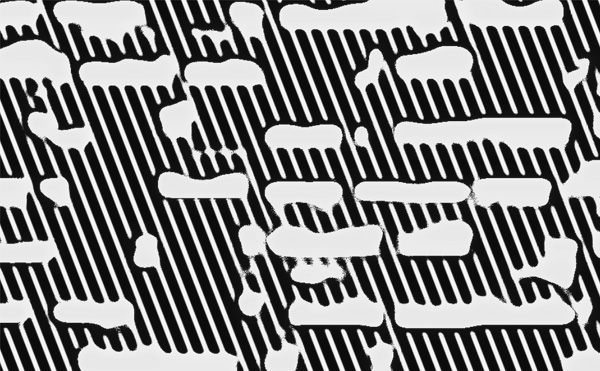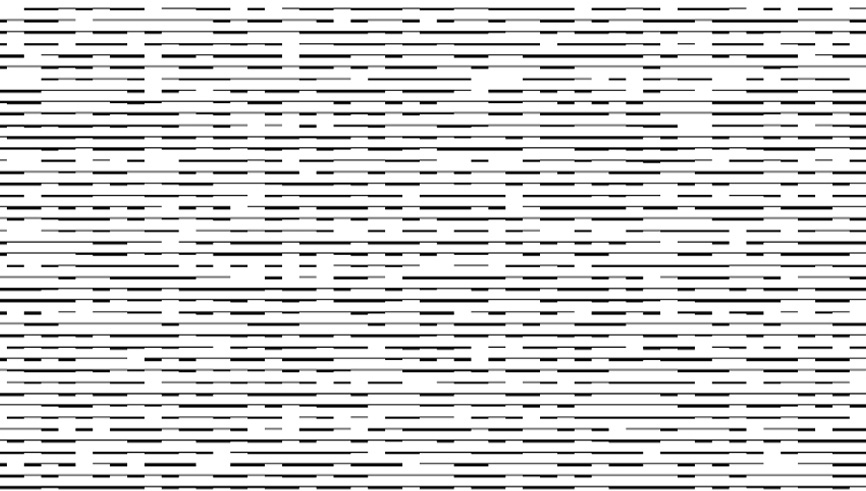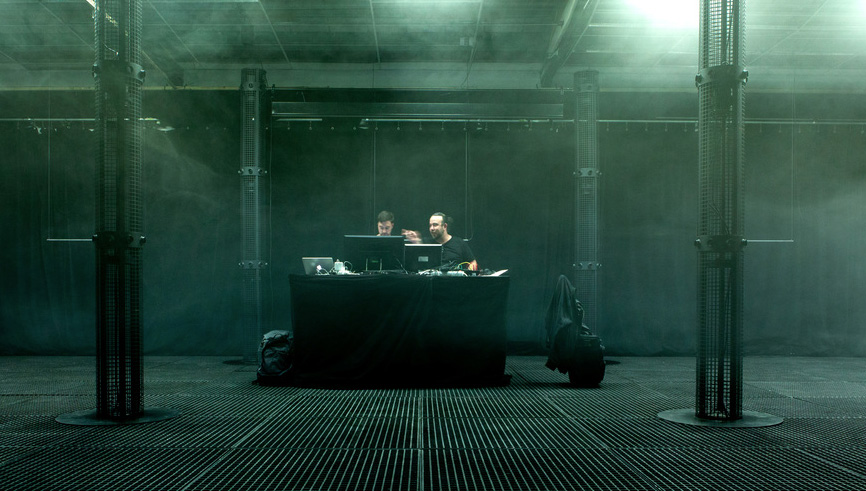Techno is Space: A Review (2016)
John Connell
4DSOUND’s creative director John Connell reviews ‘Techno is Space’, 4DSOUND’s curatorial that lets techno producers explore their sound design in a fully spatial environment. In this process the psycho-acoustic character of techno and new ways to control and perform in a live context are investigated.
Over the spring and summer of 2015, we launched Techno Is Space. As long-time producers and enthusiasts of the genre, we wanted to explore how techno artists could explore sound design in a fully spatial environment. In the process, we planned to examine the psycho-acoustic character of sound design in experimental club music, and new ways to create and perform shows in a live context.
Perhaps more than any other form of music, techno is inherently spatial. Beyond the cliche of derivative club techno that has unfortunately come to dominate notions of the genre, there are a wealth of sonic textures and spatial patterns within techno sound culture that express time and space outside our normal scope of reference. The information in its sound design is an abstract language that affects us psychologically and physically, curving our perceptions of time, bending space.

Techno can conjure abstract but distinct perceptions of movement in space that sit outside of how we usually think about form in the world around us. The pulsing 'flash' in Joey Beltram's Energy Flash; the schizoid synth blips and squeaks of Robert Hood's Spectral Nomad and Cristian Vogel's Bawdy; the warped sonic objects bouncing and wobbling in Moodymann's The Setup; small shifts in sonic reflections on infinite loop like Basic Channel's Phylyps Trax, Dj Slip's Every Time It Takes a While, Ricardo Villalobos remix of Shackleton's Blood On My Hands, Wax's No. 30003 (B) and Mathew Jonson's Marionette with its arcing arpeggios, amongst many, many others.
This was our starting point. To start exploring this spatial language and asking: how might this sound, and move, in a fully spatial environment like 4DSOUND? And in such an environment, how might techno begin to evolve- looking beyond stereo, for example, what are the possibilities for new levels of depth/ nuance/ clarity? Could it take entirely different forms? And what would be the effect on the listener/ dancer/ perceiver?
After listening to a lot of different material, we invited a small group of producers with singularly 'spatial' sound design to participate in a project researching three things: spatialising the sound design in techno, developing intuitive controls for hybrid live/DJ spatial mixing, and exploring the possibilities of haptic interfaces for more immersive social listening experiences. Innovators Mike Parker, Dasha Rush and Oscar Mulero joined idiosyncratic talent Cassegrain, Korridor, Fjader and Stephanie Sykes in reframing their sound design in the context of 4DSOUND.
As part of an ongoing investigation into haptic interfaces, we partnered with bass specialists SubPac. The performances integrated their M1 wearable bass technology for both the artists and audience, creating both intense and nuanced physicality through the low frequencies without being damagingly loud, or impinging on the spatial nuance of the sound design in the higher frequency range as is inevitable in a conventional club sound setup.
This was our starting point. To start exploring this spatial language and asking: how might this sound, and move, in a fully spatial environment like 4DSOUND? And in such an environment, how might techno begin to evolve- looking beyond stereo, for example, what are the possibilities for new levels of depth/ nuance/ clarity? Could it take entirely different forms? And what would be the effect on the listener/ dancer/ perceiver?
After listening to a lot of different material, we invited a small group of producers with singularly 'spatial' sound design to participate in a project researching three things: spatialising the sound design in techno, developing intuitive controls for hybrid live/DJ spatial mixing, and exploring the possibilities of haptic interfaces for more immersive social listening experiences. Innovators Mike Parker, Dasha Rush and Oscar Mulero joined idiosyncratic talent Cassegrain, Korridor, Fjader and Stephanie Sykes in reframing their sound design in the context of 4DSOUND.
As part of an ongoing investigation into haptic interfaces, we partnered with bass specialists SubPac. The performances integrated their M1 wearable bass technology for both the artists and audience, creating both intense and nuanced physicality through the low frequencies without being damagingly loud, or impinging on the spatial nuance of the sound design in the higher frequency range as is inevitable in a conventional club sound setup.


'The intention is to turn the observer into a reactor; an active observer without any interference. The light causes loss of grip of the space, creating a different sense of spatiality. One that triggers sensitivity, awareness and above all heightens the auditory experience.'
- Nikki Hock
Developed with the artists over four-day residencies between May and beginning of July, the experimental performances were presented to groups of around forty invitees at our former home, the Warehouse Elementenstraat, one of the most influential spaces for club culture in the 90s, recently revived by the Nachtlab Foundation as a centre for creative nightlife culture.
We developed a prototype touchscreen interface in Lemur to give artists more direct access to the possibilities of space in their sound production and performance. Instead of controlling volume, artists play with the distance of the sound; EQ balance is created by changing the shape and dimensions of the sound source.
The controller also streamlined the huge range of control parameters in the 4DSOUND environment, enabling artists to construct the framework of a set in less time, and play with key spatio-temporal attributes both in production and during their sets: reverbs, delays, spatial movement paths, and on-the-fly looping, providing a hybrid spatial DJ-production tool.
We developed a prototype touchscreen interface in Lemur to give artists more direct access to the possibilities of space in their sound production and performance. Instead of controlling volume, artists play with the distance of the sound; EQ balance is created by changing the shape and dimensions of the sound source.
The controller also streamlined the huge range of control parameters in the 4DSOUND environment, enabling artists to construct the framework of a set in less time, and play with key spatio-temporal attributes both in production and during their sets: reverbs, delays, spatial movement paths, and on-the-fly looping, providing a hybrid spatial DJ-production tool.
Designed by young Dutch artist Nikki Hock, the lighting concept seeked to create a hazy field of light using a perimeter ring of LED strips, eschewing the club convention for exacting audio-responsive light shows. Instead the field of colours shifted slowly over time, pulsing and flickering occasionally, creating a disorientating, glowing empty space.
![]()
Initially, we simply couldn't say what the SubPacs would bring to the experience en masse: whilst we had tried the M1 units ourselves and enjoyed the added physicality of the bass, it was definitely an experiment to use them for a large crowd- the largest number of SubPacs used simultaneously. After some initial adjustment, the majority of the crowd attuned to them: best maintained at a subtle level of vibration throughout the performances, the SubPacs worked with the existing sub frequencies rather than being a forceful boom against the back: beats and bass blended to become more like an ever-present, steady pulse resonating through the body. Triggered by the physicality of vibration, but kept at a subtle level, the low-end would tap out deeply hypnotic rhythms without the need to be overpoweringly loud.
![]()
Listening to the sets, often with eyes closed, was like standing inside a vortex of elements: hats shimmering, synth lines rippling out at angles across the space, set to the metronomic body pulse of the SubPacs. With the right constellation of textures developing over extended periods, as in hours not minutes, there is potential for deeply immersive, sensory and psychological trips articulated in a level of sonic detail that's not possible to create in a club environment.
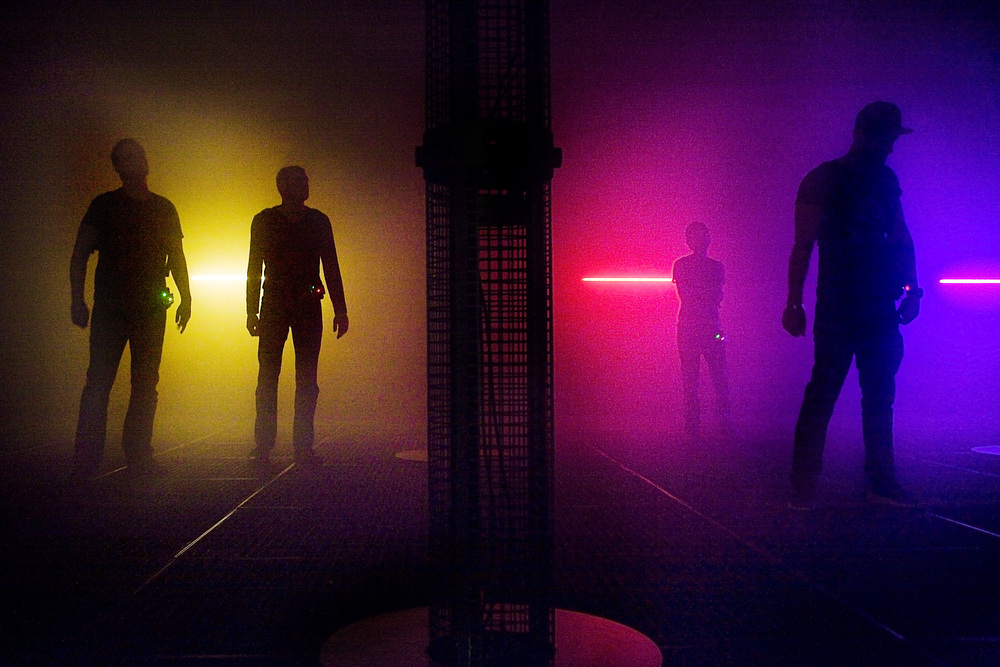
Initially, we simply couldn't say what the SubPacs would bring to the experience en masse: whilst we had tried the M1 units ourselves and enjoyed the added physicality of the bass, it was definitely an experiment to use them for a large crowd- the largest number of SubPacs used simultaneously. After some initial adjustment, the majority of the crowd attuned to them: best maintained at a subtle level of vibration throughout the performances, the SubPacs worked with the existing sub frequencies rather than being a forceful boom against the back: beats and bass blended to become more like an ever-present, steady pulse resonating through the body. Triggered by the physicality of vibration, but kept at a subtle level, the low-end would tap out deeply hypnotic rhythms without the need to be overpoweringly loud.

Listening to the sets, often with eyes closed, was like standing inside a vortex of elements: hats shimmering, synth lines rippling out at angles across the space, set to the metronomic body pulse of the SubPacs. With the right constellation of textures developing over extended periods, as in hours not minutes, there is potential for deeply immersive, sensory and psychological trips articulated in a level of sonic detail that's not possible to create in a club environment.
'Some of Oscar's tracks... seemed to unravel themselves almost organically, as the kicks and hi-hats fluttered through the room, hitting you at various different heights and angles.'
Resident Advisor
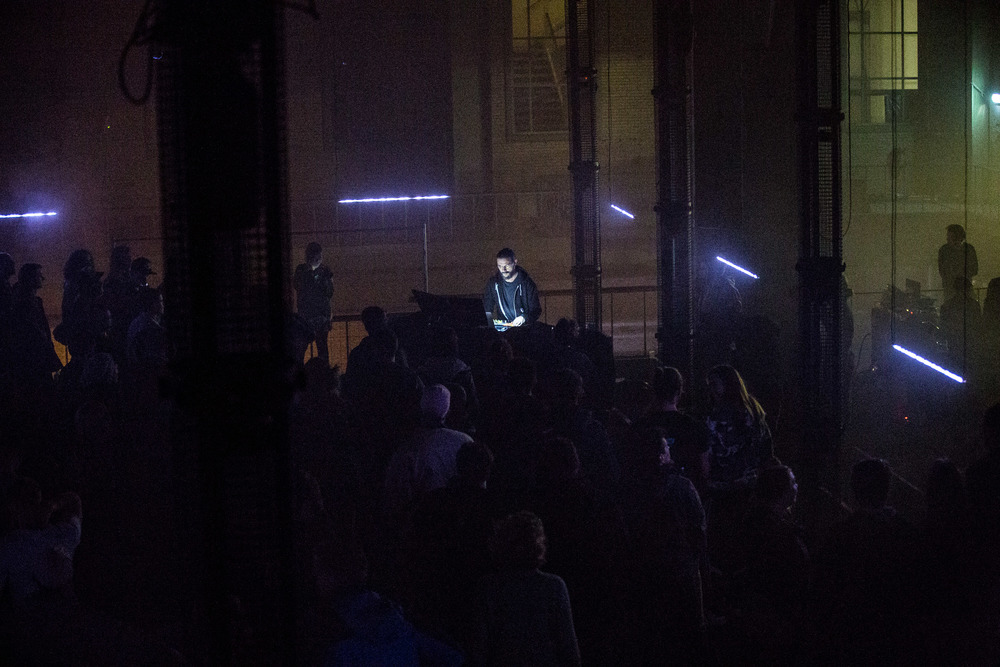
But with so many possibilities to control sonic characteristics as a producer and performer, and sonic information to absorb as a listener, subtlety is key: to fully take advantage of the complexity of the system, particularly integrating haptic devices like the SubPac, less becomes far more. A spatial canvas lends itself best to a minimalist approach, working with very few elements and the interplay between them: the experience becomes less about the sonic objects themselves, but the characteristics of the space they illuminate, and the dimensions they conjure in the mind of the listener.
There is an inherent tension here: namely the conventions and expectations in techno culture, both with artists in producing it and enthusiasts experiencing it. With no experience mixing spatially, many artists begin with the 'techno producer' mindset, following existing rules and approaches in how sound moves in stereo, something discussed in the Body Echoes project with Lucy and Amanda Morelli.
There is an inherent tension here: namely the conventions and expectations in techno culture, both with artists in producing it and enthusiasts experiencing it. With no experience mixing spatially, many artists begin with the 'techno producer' mindset, following existing rules and approaches in how sound moves in stereo, something discussed in the Body Echoes project with Lucy and Amanda Morelli.
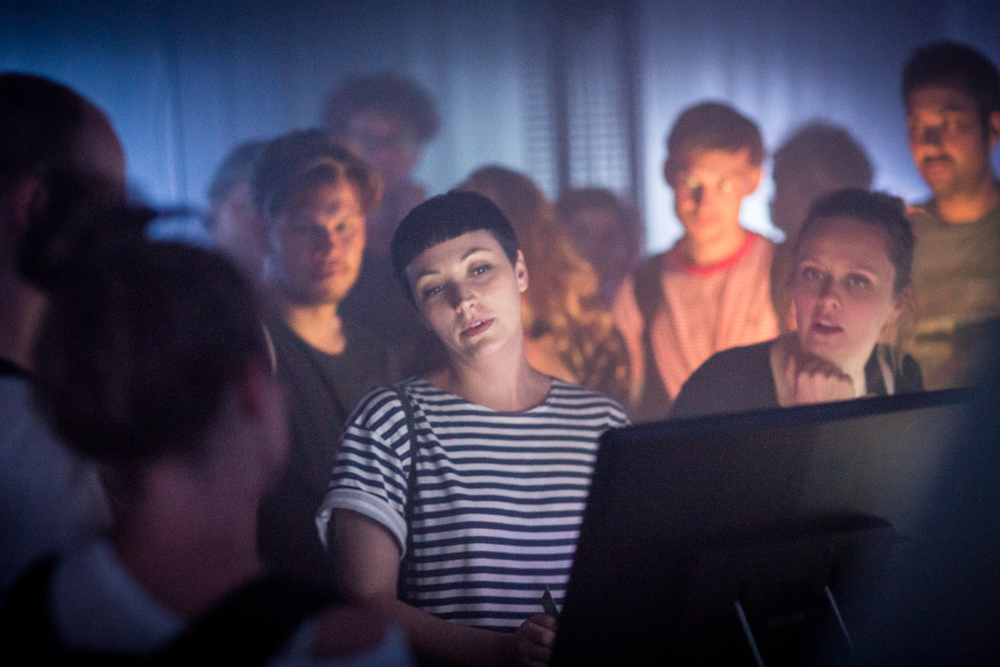
Without taking the step into not just working with 'raw' sound sources, but creating them in the environment to build spaces and narratives completely from scratch, spatialised techno becomes a 3D-ised version of what we already know and enjoy. This can sound great, but it focuses on existing form and format, rather than considering completely new dimensions of, and interactions in, space. We'd venture that this what lies at the core of techno as a sound movement, not the format itself, and is what offers up the most exciting potential for new directions. This takes a re-think, and the tools to enable new creative processes and output, which we are continuing to develop.
To delve into the detail of the sound and fully engage with it also requires a level of attention from the listener too, something not always found or even wanted in the usual club environment. Though it's clear that interest in listening environments is changing, with some reports showing a decline in interest in the club in youth and the rise (or return) of the high-fidelity listening environment.
Beyond thinking about techno on the level of a spatial sound language, there are a range of socio-cultural dimensions that we also want to actively explore moving forward- to consider the politics, gender and ethnicity that gave rise to, and are central to techno culture, and in fact raise the question of what even defines techno as a movement. With a wider group of contributors from all over the world, we are planning a next phase of developments within the context of the Spatial Sound Institute programme.
—
Photography: Georg Schroll
To delve into the detail of the sound and fully engage with it also requires a level of attention from the listener too, something not always found or even wanted in the usual club environment. Though it's clear that interest in listening environments is changing, with some reports showing a decline in interest in the club in youth and the rise (or return) of the high-fidelity listening environment.
Beyond thinking about techno on the level of a spatial sound language, there are a range of socio-cultural dimensions that we also want to actively explore moving forward- to consider the politics, gender and ethnicity that gave rise to, and are central to techno culture, and in fact raise the question of what even defines techno as a movement. With a wider group of contributors from all over the world, we are planning a next phase of developments within the context of the Spatial Sound Institute programme.
—
Photography: Georg Schroll
Related:
